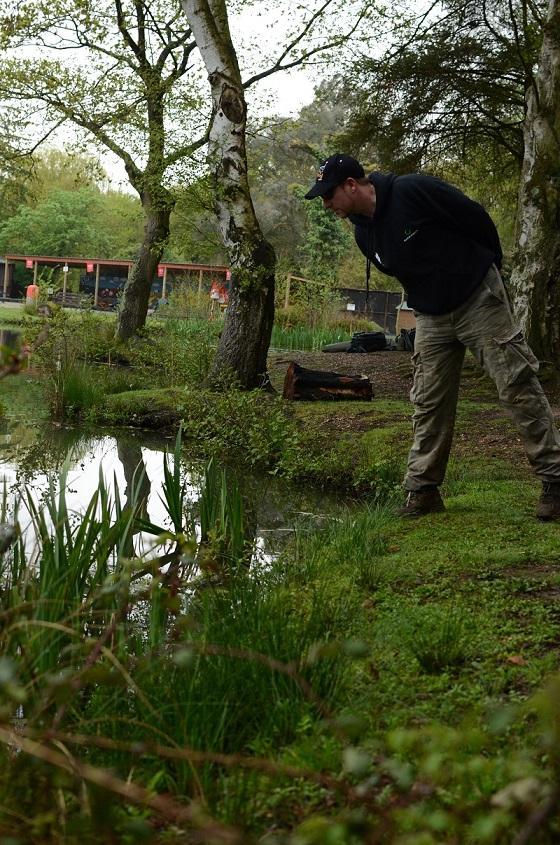Carp love hiding in snags just as much as anglers fear having to deal with these underwater obstacles. To the inexperienced carper, early encounters snag fishing for carp will usually result in lost fish and broken dreams. However, it is possible to fish safely and responsibly around these hazards with right approach and the right set up.
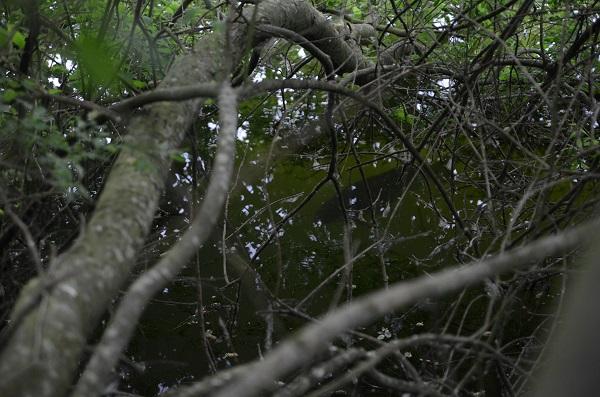
How to approach lakes with snags
If the lake you are fishing is snaggy then you really have three options – fish away from the snags, fish near the snags, or remove and mitigate the snags. These underwater sanctuaries, often caused by fallen trees or the build up of man-made objects, are natural hiding places for the carp. They feel safe and secure in these areas, and quite rightly so. But you can condition the fish to feed elsewhere, so closely observe the routes the carp take as they enter and leave the snags. If you can pre-bait an area well away from the obstacles and get fish feeding there then you will have a much better chance of landing anything you hook.

Snag fishing setup
However, it’s option two – fishing near the snags – that has likely brought you to this page. Snag fishing for carp done with success, but you need a careful and considered approach. Firstly, don’t fish right inside the snaggy area. If you can’t see a feasible way of extracting a carp from the snag then it’s simply not safe. You can get close, but always make sure there’s a clear exit path along which you can lead a fish once hooked.
Sit as close to your rods as you can
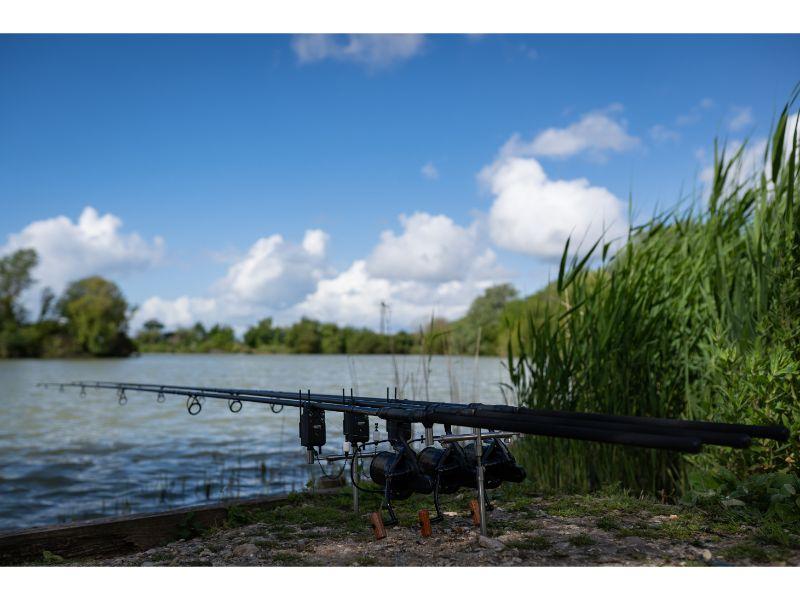
Sit as close to your rods as you can
If you are going to fish close to snags then you want to be in control of the battle as soon as possible. This means it is vitally important to sit as close to your rods as you can. Popping to the swim next door for a chat might be fine if you’re fishing an open-water spot, but when snag fishing for carp it is highly irresponsible. If a fish is allowed even 10 seconds to bolt deeper into the snags then its safety is compromised and your chances of landing it plummet.
Fish with your rods ‘locked up’
Fishing ‘locked up’ is also advisable. These means setting your clutch or freespool function to release very little or no line at all when you get a bite. The bend of the rod blank and the stretch of your line will yield a bit, but you must be on hand to pick up the rod and begin the battle instantly. This locked-up approach lets the fish know who’s in control from the outset and, unable to get deeper into the snags, they will often rise up near the surface and be easier to coax into open water. Walking straight backwards with the fish on a fixed length of line can also tip the odds in your favour, so plan your own exit strategy once a fish is hooked.
Have secure banksticks and butt rests
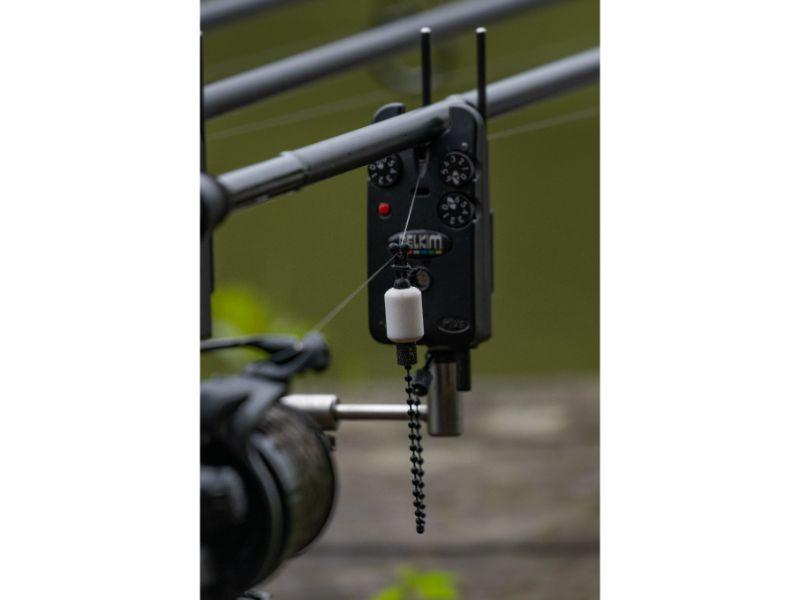
Have solid bank sticks and snag ears on your bite alarms
This approach calls for a sturdy bankside setup. Your banksticks need to be secure and you’ll need a quality butt rest to anchor your rod in position. A number of companies make versions which clasp your rod so it cannot be pulled forward, only releasing it when the angler picks up the blank from above. Snag ears on bite alarms will also stop your rods from skipping out of shallow recesses and ending up in the lake.
Beef up your terminal tackle
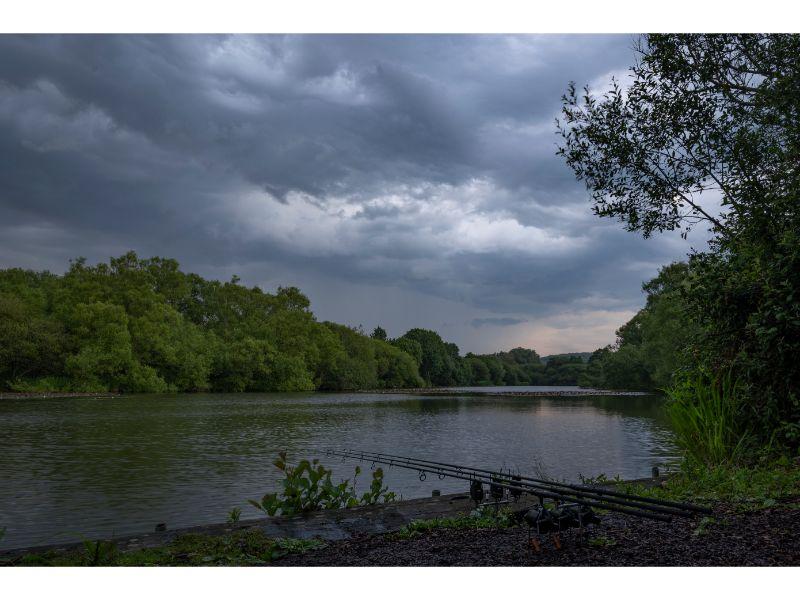
Use snag leaders and beef up your end tackle
When it comes to terminal tackle, remember that most snags are abrasive and can shred unprotected line in seconds. Robust mainline and tough leaders are called for when snag fishing for carp. It’s better to go in too heavy than undergunned. Mainlines of 18lb and upwards are a minimum, while heavy-duty leadcore, leadless leaders or snag leaders are also essential. Long lengths of tubing will also do a job in protecting your line if venue rules do not allow leaders.
Your hooklinks and hooks should also be up to the task of firmly guiding fish away from snags. Many tackle companies make stepped-up versions of popular hooks with a thicker wire gauge, and you may need them to stop hooks bending straight.
Always use dropp-off leads
Whatever rig setup you opt for, even more care than usual must be paid to the fish’s safety in the event of the line parting. Dropping the lead when snag fishing will significantly reduce the carp’s risk of getting tethered, so a lead clip or drop-off helicopter or drop-off inline presentation is key.
Fish a single rod to the snag to avoid tangles
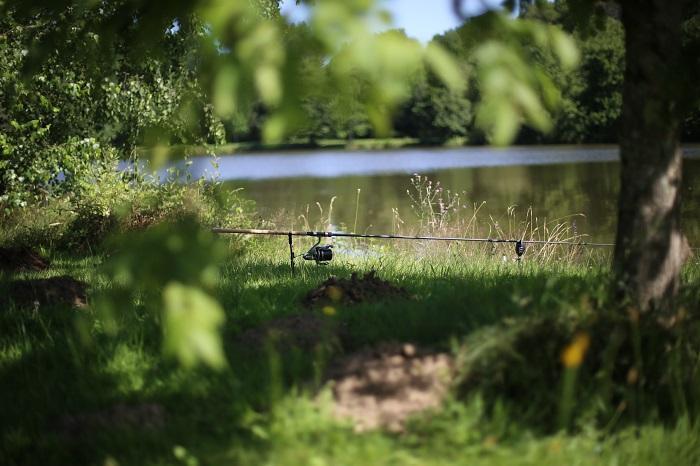
FIsh leads drop off style and consider using a single rod
When fishing to a snaggy spot, a well-placed single rod is better than a cluster of rods in the same area. It reduces the potential for tangles that could cost you dearly in a hit-and-hold battle, and it allows you to focus on putting one rod in exactly the right spot. Baiting poles and bait boats give you the ability to get closer than ever to snags, but use these tools responsibly because hooking a fish and not being able to land it not good angling.
Consider if there are obstacles in the water that can be removed
Finally, the third option is to identify fish-holding snags and see what you can do to be able to fish these areas more safely. Are there obstacles in the water between you and the main feeding zone that could hamper your chances during the fight – and could you remove them? Small castable weed rakes can be used to clear twigs and rotting branches from around snags, making these areas not only safer to fish but easier to present a rig on. Think about your line lay from rod tip to snag, too. If an elevated tip would help the line steer clear of some obstructions then set up your banksticks accordingly.
In short, when snag fishing for carp, use tough but safe gear, don’t give the fish an inch of line and sit close to your rods at all times.




